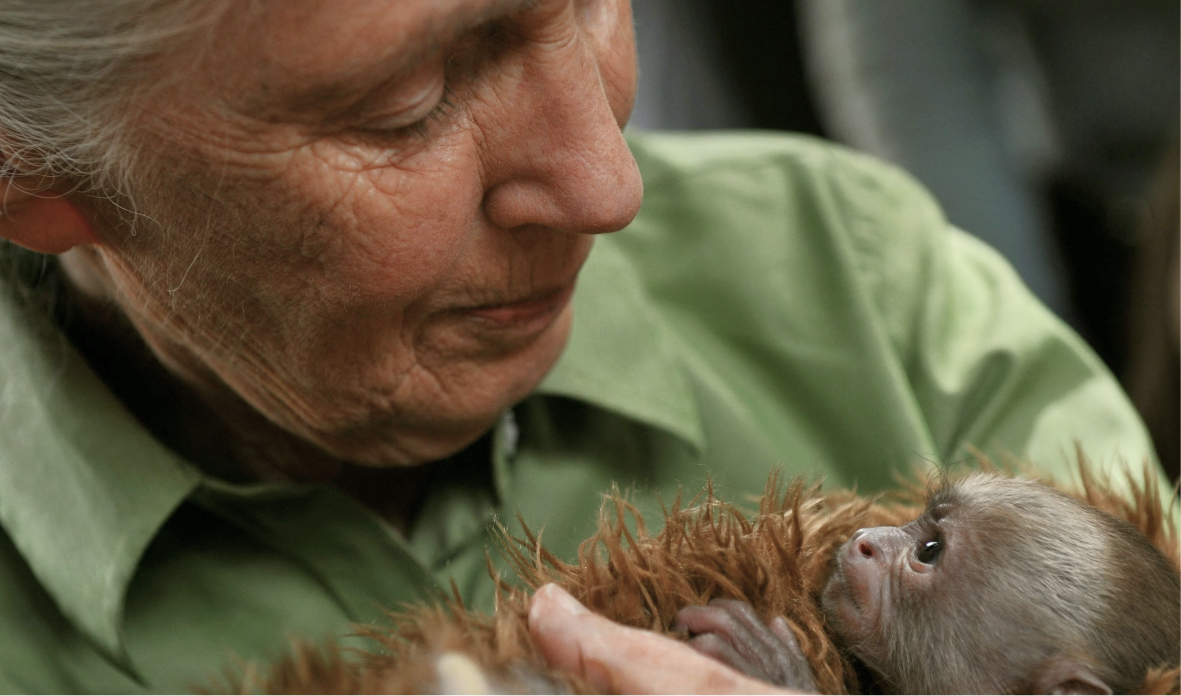Why Wildfire Season is Spreading

Join the community





Wildfire smoke was considered unusual in the eastern part of North America until June 2023, when the orange sky appeared across the northeastern United States due to wildfires in Quebec.
Wildfire smoke can travel for hundreds of miles and negatively impact the health of people and animals in its path.
Not only do they have a significant impact on air quality, wildfires also destroy homes and habitats. We saw that in Greece in 2018, Australia in 2019-20, California in 2020, and British Columbia in 2021.
Although wildfires are a natural occurrence, unfortunately, they have been happening more frequently with higher intensity and larger scale in recent decades.
So what exactly causes wildfires?
Wildfires happen when dry fuel and heat come together to ignite and burn with oxygen from the atmosphere. Fuel usually consists of dry vegetation that is more prone to wildfires due to low precipitation in winter and higher temperatures.
In Canada's province of British Columbia, hot lightning causes 60% of the region's wildfires in an average year. Lightning storms caused the devastating and record-breaking 2020 Bay Area fire that destroyed 5 million acres of land and killed 33 people.
While lightning is the most common natural ignition source that causes wildfires, human activities such as vehicle fires, cigarette butts, or campfires can also contribute.
Is climate change making wildfires worse?
There is actually a clear connection between climate change and the number and severity of wildfires. Warmer, longer summers heat up the land surface causing stronger updrafts that are more likely to produce more powerful and frequent lightning. More lightning has increased the intensity and size of wildfires.
A 2014 study estimated a 12% increase in the frequency of lightning strikes with every one degree Celsius increase in temperature.
Heatwaves, which are becoming more frequent and intense due to climate change, also exacerbate fire weather conditions with high temperatures, low humidity, and strong winds.
A 2018 Canadian study found that large fires and the total area burned in Canada have increased significantly since 1959. The fire season is now one week longer, with the start happening a week earlier and the end happening a week later. This increase is due to climate change, land use changes, and fire suppression policies.
What are fire suppression policies?
Indigenous people used to practice controlled burning, which involved starting smaller fires that consumed dry and dead vegetation and prevented the risk of extreme wildfires. With colonization, these practices were disrupted in North America.
Recent forestry policies have moved away from these traditional and Indigenous practices of planned burning. This has resulted in the accumulation of vegetation, which has led to more frequent and more violent wildfires.
Although some parts of the United States, particularly those in the tallgrass prairie, are readopting controlled burning, it is rarely used in other parts of the U.S. and in Canada.
What can individuals do to take action against wildfires?
There is a direct relationship between the climate crisis and the likelihood of wildfires. This amplification is largely due to the fossil fuel industry which continues to emit greenhouse gases into the atmosphere. While it may seem like a problem too big for any one person to tackle, we all can play a crucial role in mitigating the impact of wildfires by taking ownership of our own emissions and reducing our dependence on fossil fuels.
Here are some other ways in which you can reduce the risk of wildfires and help those who are already impacted by them:
Support climate policies
- Donate to The Nature Conservancy, an organization working closely with Indigenous and government organizations to expand the use of prescribed burns.
- Elect climate leaders. Look up your candidates’ League of Conservation Voters Environmental Scorecard before you cast your ballot. Confirm that you’re registered to vote and make a plan to vote early.
- Raise awareness of Indigenous prescribed burn practices to prevent wildfire.
Support relief organizations
Search for local organizations that are providing relief in the affected area. You can also get involved with the following organizations:
- American Red Cross, the Salvation Army (food, water, emotional support)
- Oregon Food Bank and Alameda Food Bank
- Direct Relief (health resources)
- Wildland Firefighter Foundation (help families of killed or injured firefighters)
- People’s Breakfast Oakland (resources for Black homeless populations)
- Homeless Youth Alliance in San Francisco (works with young unhoused people)
- California Community Fund and Oregon Community Fund (long-term recovery)
Download Commons to track your carbon footprint, reduce your emissions with climate challenges and carbon offsets, and join a community of people taking collective climate action.







.jpg)
.jpg)



